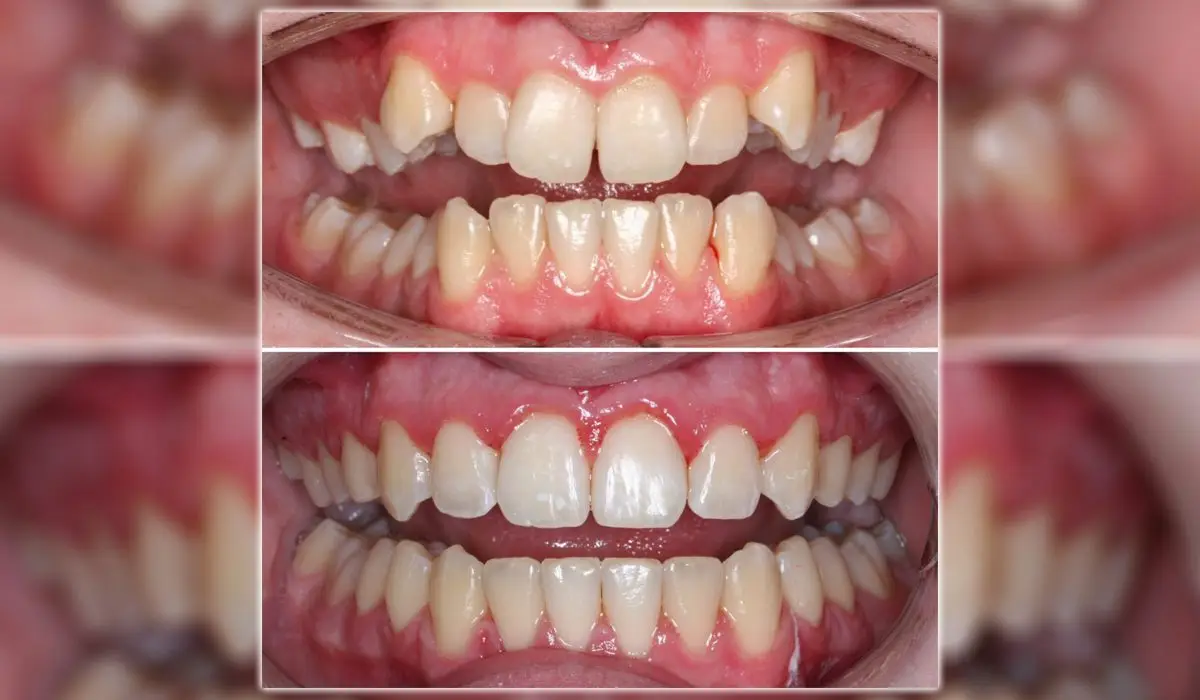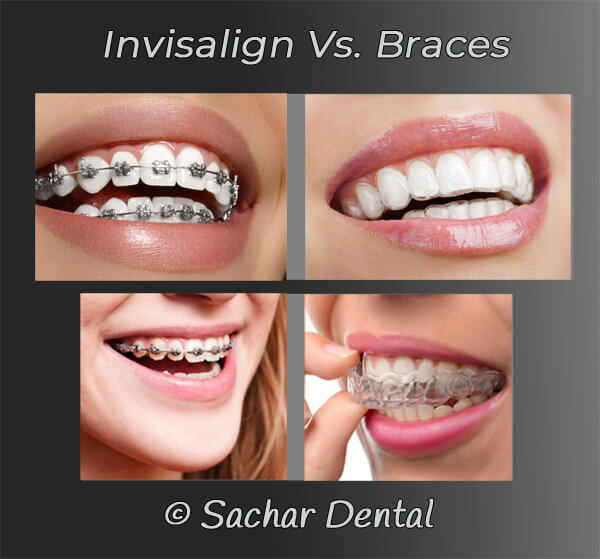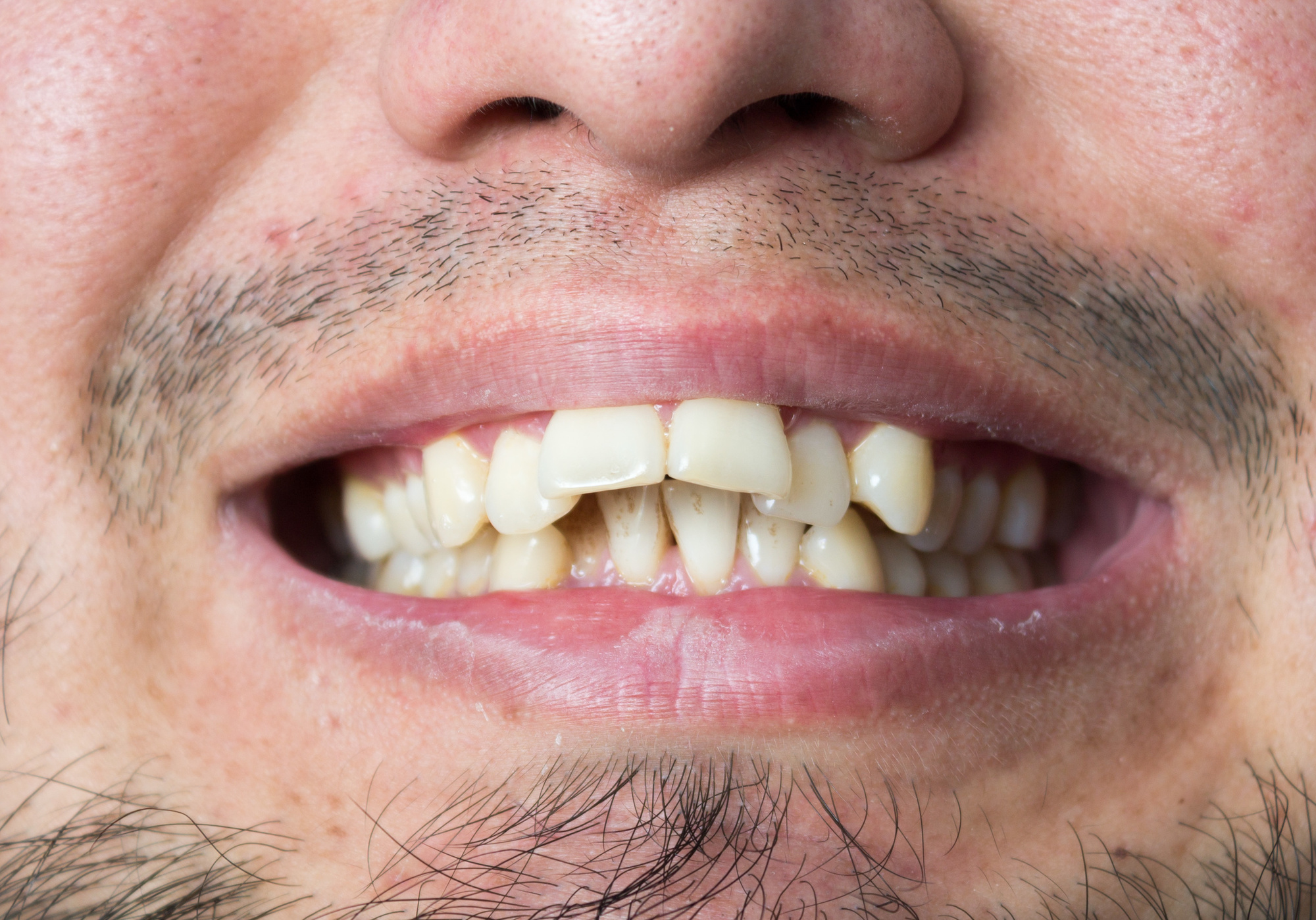What to Expect Throughout Your Invisalign Journey: A Comprehensive Review
What to Expect Throughout Your Invisalign Journey: A Comprehensive Review
Blog Article
Invisalign vs. Standard Braces: Which Choice Is Right for You?
When thinking about orthodontic treatment, the option between Invisalign and typical braces offers numerous crucial aspects that warrant mindful examination. Invisalign supplies a discreet option with removable aligners, while standard braces give an extra visible yet reliable service for extreme misalignment.
Overview of Therapy Choices

In comparison, standard braces include metal braces and wires that are bound to the teeth. This technique uses continuous pressure over time to achieve placement. While effective for complex orthodontic problems, standard braces require normal visits for adjustments and can present challenges in maintaining oral hygiene because of the difficulty of cleansing about braces and cords.
Both choices have their advantages, and the selection commonly rests on particular oral conditions, way of life preferences, and person conformity. Ultimately, seeking advice from an orthodontic professional is essential for establishing one of the most suitable therapy plan customized to individual needs. Understanding the subtleties of each choice can significantly influence the general success of orthodontic treatment.
Visual Considerations
A substantial variable affecting the option in between Invisalign and traditional dental braces is the visual allure each treatment supplies. Invisalign aligners are crafted from clear plastic, making them practically unseen when used. This discreet look is particularly interesting grownups and teens that might feel uncomfortable about their orthodontic therapy. The ability to maintain a natural smile throughout the placement procedure can considerably boost the client's confidence in specialist and social setups.
In comparison, typical braces consist of steel brackets and cables, which can be much more visible. While improvements in orthodontic innovation have brought about the growth of smaller braces and colored elastics, typical dental braces still preserve an even more conspicuous profile. For some individuals, the visibility of braces may deter them from seeking required therapy.
Ultimately, the choice in between Invisalign and standard dental braces may pivot on individual choices concerning aesthetic appeals. Patients who prioritize discretion typically favor Invisalign, while those that are less concerned about presence may select standard braces. Recognizing the visual effects of each choice is crucial for making an informed decision that aligns with one's way of living and preferences.
Convenience and Convenience

In regards to comfort, Invisalign aligners are detachable, enabling people to enjoy their favored foods without constraint and keep ideal dental hygiene. Cleaning and flossing are streamlined, as the aligners can be secured throughout these routines, whereas traditional dental braces need mindful maneuvering around wires and braces.
In comparison, conventional dental braces demand routine changes, making them less practical for those with busy schedules. In general, the comfort and benefit of Invisalign make it an appealing selection for lots of individuals seeking orthodontic therapy.
Treatment Duration and Effectiveness
While both Invisalign and traditional braces are reliable in dealing with dental misalignments, the duration of therapy can differ significantly between the 2 options. Commonly, Invisalign therapy can take anywhere from 12 to 18 months, relying on the complexity click over here now of the situation. The clear aligners function by slowly shifting teeth into their desired settings, and normal follow-ups with an orthodontist assistance ensure progression stays on track.
On the other hand, typical dental braces often need a longer dedication, usually ranging from 18 months to 3 years. This is because of their set nature and making use of cables and braces, which can be a lot more efficient for serious imbalances and complicated cases (Invisalign). The therapy effectiveness of traditional braces is well-documented, as they enable This Site for exact modifications and higher control over tooth activity
Ultimately, the option between Invisalign and standard dental braces might rest on both the expected therapy duration and the specific dental problems available. Consulting with an orthodontist is crucial, as they can supply customized recommendations based on specific requirements, ensuring the chosen method aligns with wanted durations and outcomes.
Cost Comparison and Insurance Policy Alternatives
Price plays a substantial duty in the decision-making procedure for individuals taking into consideration orthodontic treatment, whether choosing Invisalign or conventional braces. On average, the cost of Invisalign ranges from $3,000 to $8,000, while standard braces commonly cost between $2,000 and $6,000. Factors influencing these prices consist of the intricacy of the situation, the duration of therapy, and geographical location.
Insurance policy coverage can substantially affect out-of-pocket expenditures. Many dental insurance policy strategies provide partial insurance coverage for orthodontic treatments, but the specifics can vary commonly. It is crucial for clients to evaluate their insurance plan to figure out the degree of insurance coverage for either alternative. Generally, conventional dental braces might be a lot more frequently covered by insurance policy strategies compared to Invisalign, which some insurance companies categorize as a cosmetic treatment.
Additionally, several orthodontic practices supply adaptable payment plans, making both treatment alternatives a lot more available. Patients must ask about prospective funding alternatives and discounts for ahead of time settlements. Evaluating the overall expense, consisting of insurance policy benefits and payment plans, is crucial for making an informed decision imp source that straightens with both aesthetic choices and budget plan factors to consider.

Final Thought
In recap, the selection in between Invisalign and standard dental braces rests on several factors, including aesthetic choices, convenience, therapy period, and price. Invisalign uses a very discreet, detachable alternative that promotes oral hygiene and nutritional adaptability, while traditional braces may be better for intricate dental problems and frequently come at a reduced cost point. Eventually, appointment with an orthodontist is necessary to analyze specific circumstances and figure out one of the most appropriate therapy choice for attaining ideal dental alignment.
When thinking about orthodontic therapy, the option between Invisalign and typical braces offers numerous crucial factors that warrant careful analysis.Contrasting Invisalign and conventional dental braces discloses unique treatment alternatives for orthodontic modification.While both Invisalign and typical dental braces are effective in remedying dental misalignments, the duration of therapy can differ considerably between the 2 alternatives.Price plays a significant role in the decision-making procedure for individuals considering orthodontic therapy, whether choosing for Invisalign or typical braces.In recap, the option in between Invisalign and conventional braces pivots on numerous elements, including aesthetic preferences, comfort, treatment duration, and expense.
Report this page